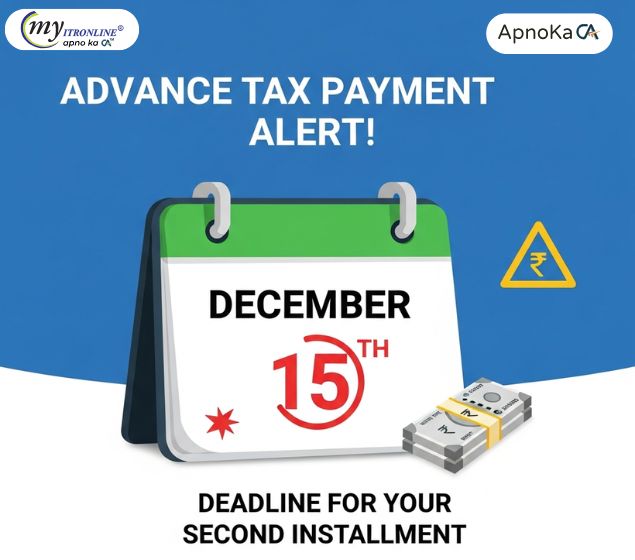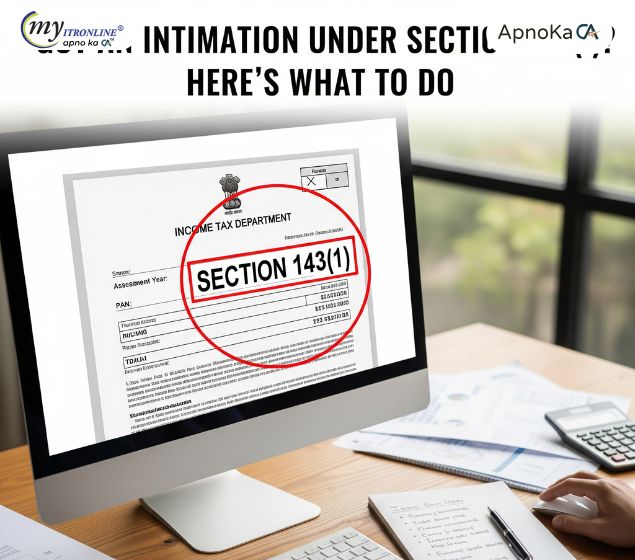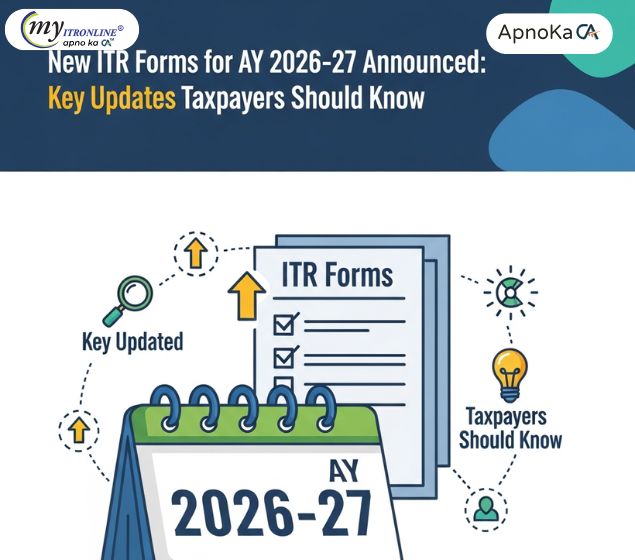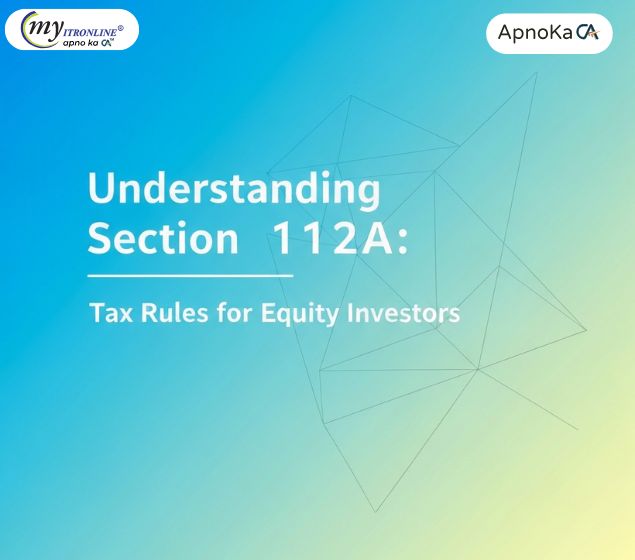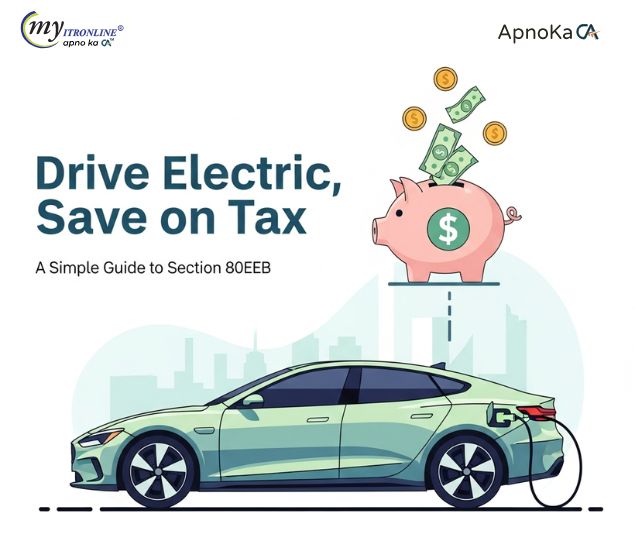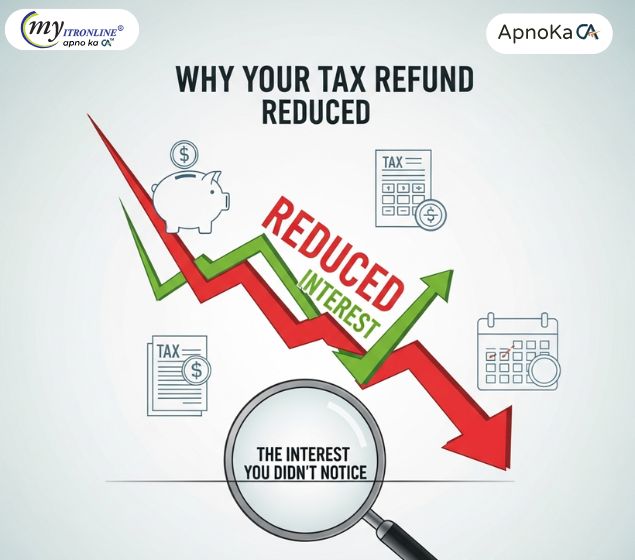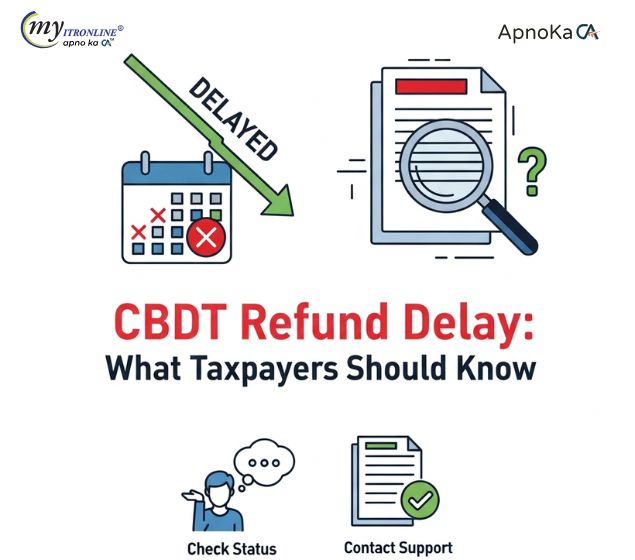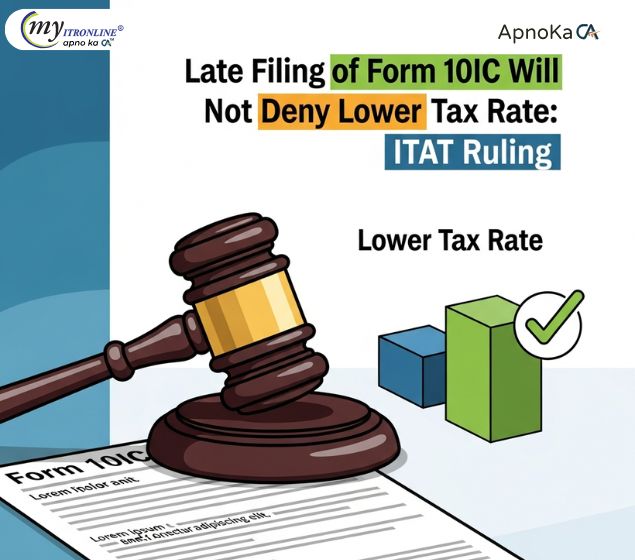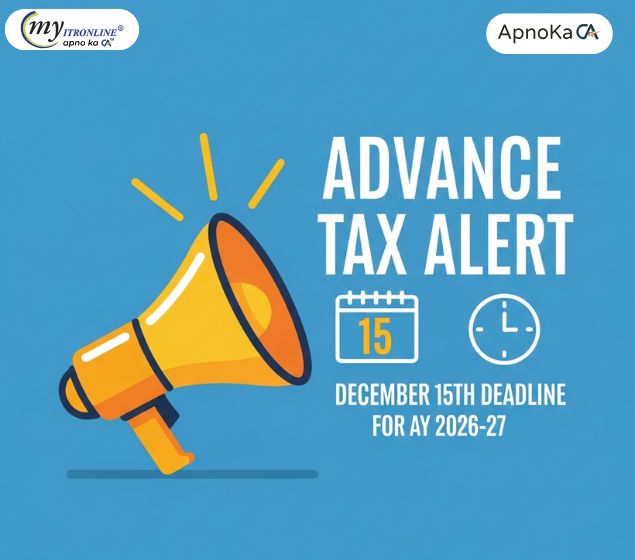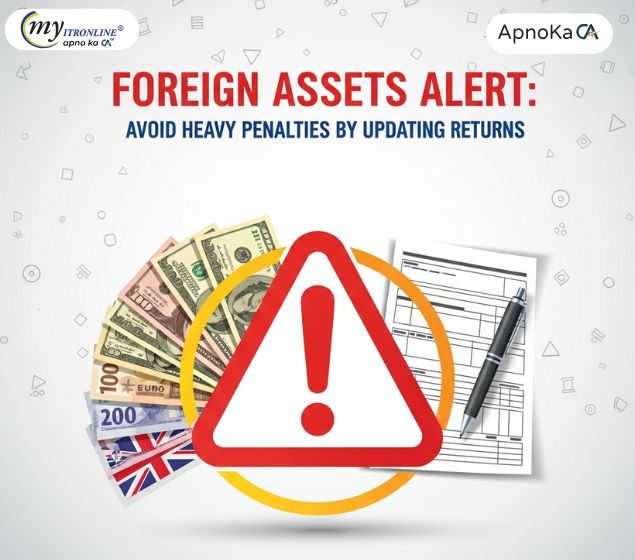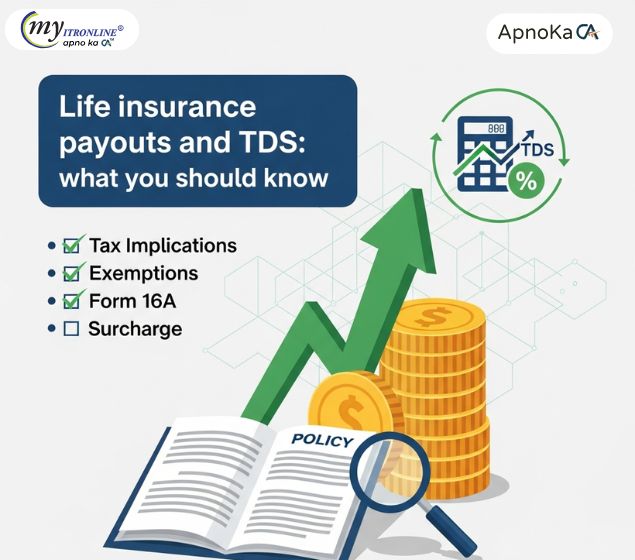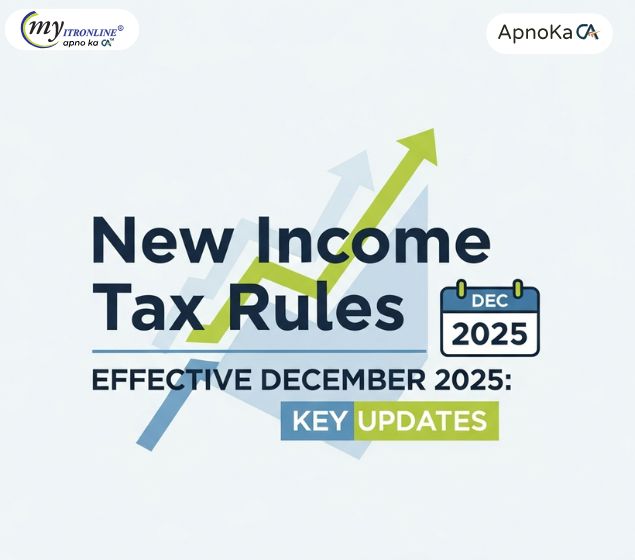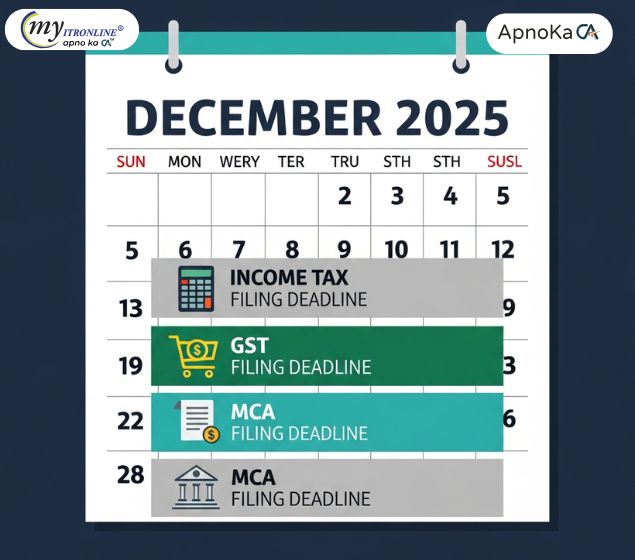Latest TDS Rates: A Comprehensive Look at FY 2025-26
This in-depth guide simplifies TDS (Tax Deducted at Source) for Financial Year 2025-26 (Assessment Year 2026-27). Discover how this crucial tax collection mechanism works, explore the latest changes from Union Budget 2025 including increased threshold limits, the introduction of Section 194T for partners' remuneration, and the removal of higher TDS for non-filers. We provide a detailed TDS rate chart and explain the implications of non-compliance, empowering both deductors and deductees for efficient tax planning and compliance
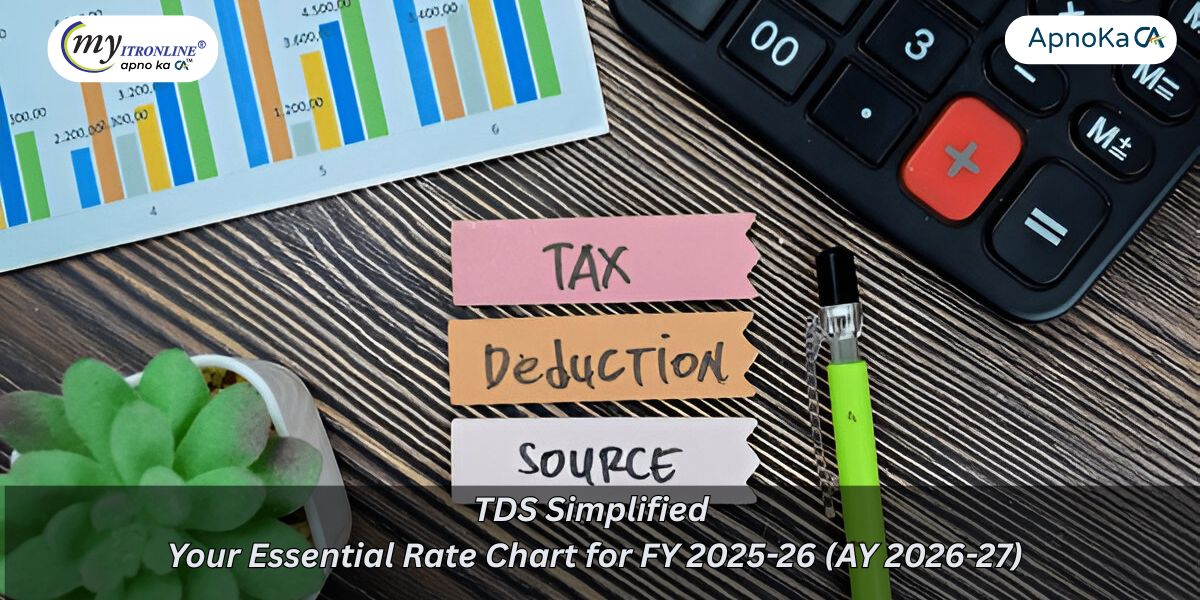
This comprehensive blog post provides a detailed analysis of the TDS (Tax Deducted at Source) Rate Chart for Financial Year 2025-26 (Assessment Year 2026-27). It covers the fundamental concepts of TDS, highlights significant changes introduced in the Union Budget 2025, such as increased threshold limits, the new Section 194T for partner's remuneration, and the removal of higher TDS for non-filers. The blog also includes a complete TDS rate chart and explains the implications of non-compliance, aiming to equip both deductors and deductees with essential information for effective tax planning and compliance.
Tax Deducted at Source (TDS) is an essential component of India's income tax framework. This system involves collecting tax at the moment of income creation. Specifically, an individual (the "deductor") responsible for making particular specified payments to another entity (the "deductee") must withhold a specific percentage of tax from that payment and remit it to the government. This approach ensures a steady revenue stream for the government and plays a crucial role in curbing tax evasion.
The TDS rates and respective threshold limits are often revised, usually announced through the annual Finance Act. For the Financial Year (FY) 2025-26 (which corresponds to Assessment Year (AY) 2026-27), various significant updates and modifications have been made to different TDS sections. These revisions aim to ease compliance, offer relief to certain groups of taxpayers, and enhance the business environment.
This detailed guide will outline the significant TDS rates and thresholds for FY 2025-26, emphasizing noteworthy changes and their implications for you.
Key Updates and Highlights for FY 2025-26
The Union Budget 2025 has implemented several notable revisions to TDS and TCS (Tax Collected at Source) provisions. Below are some of the most prominent updates:
- Higher Threshold Limits for Multiple Sections: Several sections have experienced an increase in their threshold limits, indicating that TDS will now be deducted solely on payments surpassing a higher amount. This provides considerable relief to many taxpayers and alleviates the compliance burden for smaller transactions.
- Introduction of a New Section for Partner's Remuneration (Section 194T): A new section, 194T, has been established to address TDS on remuneration, interest, commission, or bonus paid by partnership firms to their partners, with the objective of broadening the tax base and enhancing compliance in this area.
- Elimination of Increased TDS/TCS for Non-Filers (Sections 206AB & 206CCA): The provisions mandating higher TDS/TCS for individuals who have failed to file their income tax returns for certain periods have been scrapped as of April 1, 2025. This streamlines compliance for deductors and collectors.
- Abolishment of TCS on Sale of Goods (Section 206C(1H)): The TCS provision on the sale of goods exceeding ₹50 Lakhs has been entirely removed as of April 1, 2025.
- Decreased TCS Rates: Certain TCS rates, including those for timber and other forest products, have been lowered.
- Promoting Digital Transactions: The increased limit under Section 44ADA (Presumptive Taxation for Professionals) to ₹75 Lakhs is contingent upon cash receipts not surpassing 5% of total gross receipts, encouraging digital transactions.
TDS Rate Chart for FY 2025-26 (AY 2026-27)
Presented below is a comprehensive breakdown of the most commonly applicable TDS sections, their rates, and threshold limits for resident individuals and entities.
Note:
- PAN Requirement: It’s important to note that if the deductee fails to provide their Permanent Account Number (PAN), TDS will generally be deducted at a higher rate (typically 20% or as specified in the Act, whichever is greater).
- Surcharge & Cess: The rates listed below are the basic rates. Surcharge and Health & Education Cess may apply in certain circumstances, especially for those in higher income brackets or for non-residents.
- Effective Dates: Some modifications have specific effective dates within the financial year; however, this chart mainly reflects the rates applicable for the entirety of FY 2025-26 unless explicitly stated.
| Section | Nature of Payment | Threshold Limit (₹) | TDS Rate (Individual/HUF) | TDS Rate (Others) |
|---|---|---|---|---|
| 192 | Salary Income | Taxable Income | As per slab rates | As per slab rates |
| 192A | Premature EPF Withdrawal | ₹50,000 | 10% | 10% |
| 193 | Interest on Securities | ₹10,000 | 10% | 10% |
| 194 | Dividend | ₹10,000 | 10% | 10% |
| 194A | Interest (other than on securities) | Banks/Co-op Societies/PO: ₹50,000 (General), ₹1,00,000 (Senior Citizens) Other cases: ₹10,000 | 10% | 10% |
| 194B | Winnings from Lotteries, Puzzles, etc. | ₹10,000 per transaction | 30% | 30% |
| 194BA | Winnings from Online Games | No specific threshold | 30% | 30% |
| 194BB | Winnings from Horse Races | ₹10,000 per transaction | 30% | 30% |
| 194C | Payments to Contractors | Single transaction: ₹30,000; Aggregate: ₹1,00,000 | 1% | 2% |
| 194D | Insurance Commission | ₹20,000 | 5% | 10% |
| 194DA | Life Insurance Policy Payments (Maturity) | ₹1,00,000 | 5% (w.e.f. 01.10.2024, 2%) | 5% (w.e.f. 01.10.2024, 2%) |
| 194E | Payment to Non-Resident Sportsmen/Associations | No specific threshold | 20% + Surcharge + Cess | 20% + Surcharge + Cess |
| 194EE | NSS Deposits (Withdrawals) | ₹2,500 | 10% | 10% |
| 194F | Repurchase of Units by UTI/MFs | No specific threshold | 20% (Omitted w.e.f. 01.10.2024) | 20% (Omitted w.e.f. 01.10.2024) |
| 194G | Commission on Lottery Tickets | ₹20,000 | 2% | 2% |
| 194H | Commission or Brokerage | ₹20,000 | 2% | 2% |
| 194I (a) | Rent (Plant & Machinery) | ₹50,000 per month (₹6 Lakhs annually) | 2% | 2% |
| 194I (b) | Rent (Land, Building, Furniture, Fittings) | ₹50,000 per month (₹6 Lakhs annually) | 10% | 10% |
| 194IA | Transfer of Immovable Property (Non-Agri) | ₹50 Lakhs | 1% | 1% |
| 194IB | Rent by Individual/HUF (not under Tax Audit) | ₹50,000 per month | 5% | Not Applicable |
| 194IC | Payment under Joint Development Agreement (JDA) | No specific threshold | 10% | 10% |
| 194J | Fees for Professional/Technical Services, Royalty, Director's Remuneration | ₹50,000 (General) | Professional Services, Director's Remuneration, etc.: 10% Technical Services, Royalty (cinematographic films): 2% | Professional Services, Director's Remuneration, etc.: 10% Technical Services, Royalty (cinematographic films): 2% |
| 194K | Income from Mutual Fund Units/Specified Company | ₹10,000 | 10% | 10% |
| 194LA | Compensation for Acquisition of Immovable Property | ₹5,00,000 | 10% | 10% |
| 194M | Certain payments by Ind./HUF (not covered u/s 194C, 194H, 194J) | ₹50 Lakhs | 2% | 2% |
| 194N | Cash Withdrawals | ITR filed: Above ₹1 Crore: 2% ITR not filed (for 3 preceding years): Above ₹20 Lakhs to ₹1 Crore: 2%; Above ₹1 Crore: 5% | 2% / 5% | 2% / 5% |
| 194O | Payments by E-commerce Operator to Participant | ₹5 Lakhs (for Individual/HUF) | 0.1% | 0.1% |
| 194P | Senior Citizens (75+ with only Pension & Interest) | Taxable Income | As per slab rates | Not Applicable |
| 194Q | Purchase of Goods | ₹50 Lakhs (on value exceeding) | 0.1% | 0.1% |
| 194R | Benefit or Perquisite in respect of Business/Profession | ₹20,000 | 10% | 10% |
| 194S | Transfer of Virtual Digital Assets (VDA) | Specified Person: ₹50,000; Others: ₹10,000 | 1% | 1% |
| 194T | Payment to Firm Partners (New) | ₹20,000 | Not Applicable | 10% |
| 195 | Other payments to Non-Residents | Varies by nature of income | Varies (e.g., Royalty/FTS: 20%; LTCG: 10%; Interest: 20%) | Varies (e.g., Royalty/FTS: 20%; LTCG: 10%; Interest: 20%) |
Note regarding Non-Residents (Section 195): The TDS rates for payments directed at non-residents are frequently affected by Double Taxation Avoidance Agreements (DTAAs) that India holds with different nations. If a DTAA indicates a lower rate, that reduced rate can be utilized, provided the non-resident presents a Tax Residency Certificate (TRC) along with other required documentation.
Detailed Understanding of Key Changes:
Raised Thresholds:
- Interest on Securities (193): The threshold has been raised to ₹10,000.
- Interest (excluding securities) (194A): For senior citizens, the threshold has been increased to ₹1,00,000. For others from banks, co-operative societies, and post offices, it's now ₹50,000. In all other instances, it's set at ₹10,000.
- Dividend (194): The threshold has been elevated to ₹10,000.
- Rent (194-I): The threshold has seen a significant increase to ₹50,000 monthly (₹6 Lakhs annually), providing considerable relief for both landlords and tenants.
- Professional/Technical Services (194J): The threshold is now ₹50,000, which benefits freelancers and gig economy workers.
- Commission/Brokerage (194H) & Commission on Lottery Tickets (194G): The threshold has been raised to ₹20,000.
- Compensation for Acquisition of Immovable Property (194LA): The threshold has increased to ₹5,00,000.
Introduction of Section 194T (TDS on Remuneration for Partners):
- This new section requires TDS at 10% on payments made by partnership firms and LLPs to their partners, including remuneration, interest, commission, or bonus, if the total payment exceeds ₹20,000 in a financial year. This is a significant move towards expanding the tax base for these entities.
Elimination of Higher TDS/TCS for Non-Filers (206AB & 206CCA):
- Previously, there were higher TDS/TCS rates if the deductee/collector had failed to file their Income Tax Returns for certain preceding years. This rule has been removed effective from April 1, 2025. This alleviates the compliance burden on deductors, who will no longer need to verify the filing status of each deductee.
Abolition of TCS on Sale of Goods (206C(1H)):
- This provision, which mandated TCS at 0.1% on the sale of goods exceeding ₹50 Lakhs during a financial year, has been eliminated starting from April 1, 2025. This will streamline transactions for businesses involved in the sale of goods.
Implications of Non-Compliance
It is essential for both deductors and deductees to adhere to TDS regulations. Failure to comply may result in strict penalties, including:
Interest on Delayed Deduction/Deposit:
- 1% per month or part of a month for late TDS deduction.
- 1.5% per month or part of a month for late TDS deposit.
Penalties:
- A penalty of ₹200 per day for late submission of TDS returns (Form 26Q, 24Q, etc.), limited to the total tax deducted.
- Severe penalties (ranging from ₹10,000 to ₹1 Lakh) for not providing information or providing incorrect information in TDS declarations.
Disallowance of Expenses:
- If TDS is not deducted or deposited within the specified timeframe, the related expenditure may be disallowed when calculating the income of the deductor.
Significance for Taxpayers
Grasping the TDS rate chart for FY 2025-26 is vital for:
- Deductors: Businesses and individuals making designated payments need to be informed about the correct TDS rates and thresholds to ensure timely and accurate deduction and deposition of tax, thus avoiding penalties and disallowances.
- Deductees: Individuals and entities receiving payments must comprehend the TDS that will be deducted from their earnings. This aids in effective tax planning and claiming the correct TDS credit when filing their Income Tax Returns.
Conclusion
The TDS framework in India is essential for efficient tax collection. The modifications implemented for FY 2025-26 demonstrate the government's commitment to simplifying tax compliance, offering necessary relief, and promoting digital transactions. Keeping informed about these rates and grasping their effects is crucial for maintaining smooth and compliant financial operations for all parties involved. Always check the most recent official announcements from the Income Tax Department or seek advice from a tax professional for tailored guidance.
FILING YOUR INCOME TAX RETURN F.Y 2024-25 (A.Y. 2025-2026) WITH MYITRONLINE
The income tax filing deadline is right around the corner. If you haven’t filed yet, do it today with Myitronline! Avoid last minute rush and file your tax return today on MYITRONLINE in Just 5 mins.(www.myitronline.com)
If you are looking for eCA assistance to file your income tax return/ GST, you can opt for MYITRONLINE eCA assisted plan starting
Upload Salary Individual Form-16
If you have any questions with filing your tax return, please reply to this mail. info@myitronline.com OR call 9971055886,8130309886.
Note-All the aforementioned information in the article is taken from authentic resources and has been published after moderation. Any change in the information other than fact must be believed as a human error. For queries mail us at marketing@myitronline.com
Krishna Gopal Varshney
An editor at apnokacaKrishna Gopal Varshney, Founder & CEO of Myitronline Global Services Private Limited at Delhi. A dedicated and tireless Expert Service Provider for the clients seeking tax filing assistance and all other essential requirements associated with Business/Professional establishment. Connect to us and let us give the Best Support to make you a Success. Visit our website for latest Business News and IT Updates.
Leave a reply
Your email address will not be published. Required fields are marked *Share this article
Krishna Gopal Varshney, Founder & CEO of Myitronline Global Services Private Limited at Delhi. A dedicated and tireless Expert Service Provider for the clients seeking tax filing assistance and all other essential requirements associated with Business/Professional establishment. Connect to us and let us give the Best Support to make you a Success. Visit our website for latest Business News and IT Updates.
View articles









